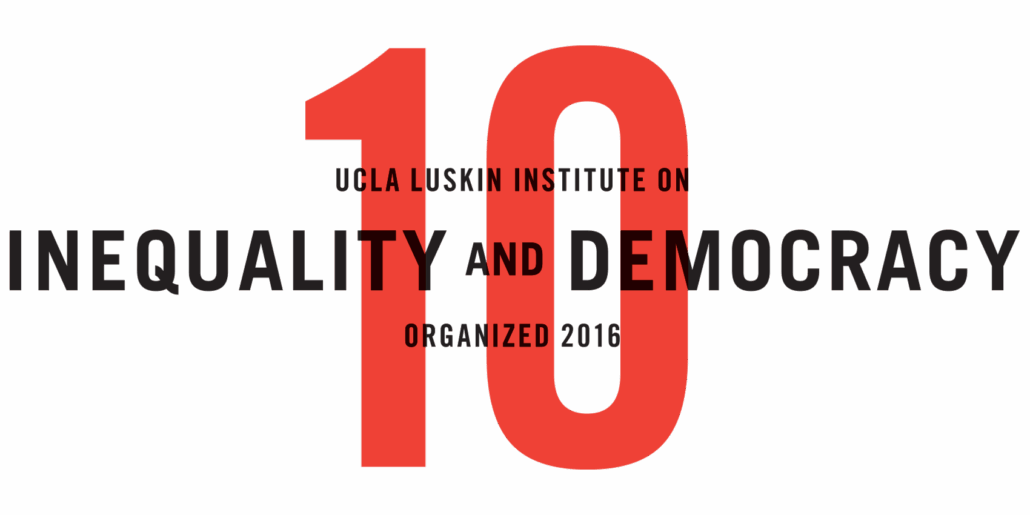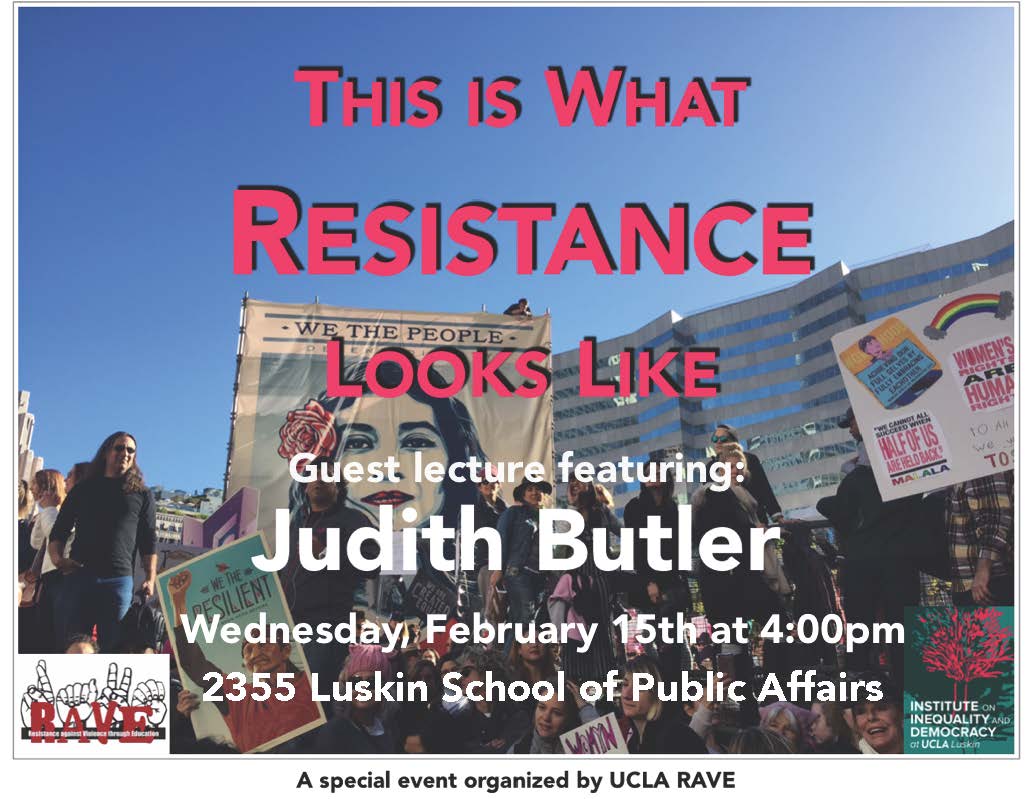Political Sociology and the Global South Working Group
With generous assistance from the UCLA Luskin Institute on Inequality and Democracy, the Political Sociology and the Global South working group has been a success in advancing research, critical thought, and alliances on issues in the Global South. Our working group, led by a group of graduate student coordinators across the social sciences, is an intellectual community of graduate students and scholars who share interests on the intersecting issues of Global South socioeconomic development and underdevelopment, political and social movements, labor, and state-society relations. Our working group is open to all regardless of enrollment status. In the fall quarter, we had two students — Leydy Diossa and Emma Colven — present drafts of their paper while also hosting professors —William Robinson, from UC-Santa Barbara, and Steven McKay, from UC- Santa Cruz. We followed the fall quarter with a strong winter quarter that had three students — Joel Herrera, Pei Palgren, and Andrew Le — present their work while three external speakers — Phillip Hough from Florida Atlantic University, Aihwa Ong from Berkeley, and Yen Le Espiritu from UC- San Diego — also came to our working group. We plan on completing the academic year with Summer Gray, Leslie Salzinger, and Vivek Chibber visiting us from their respective universities along with student presentations by Cory Mengual and Dan Zipp. We will cap the year off with a mini-conference that connects with themes of our working group and the Institute.
By: Kenton Card, Matias Fernandez, Andrew N. Le, Urban Planning and Sociology.



